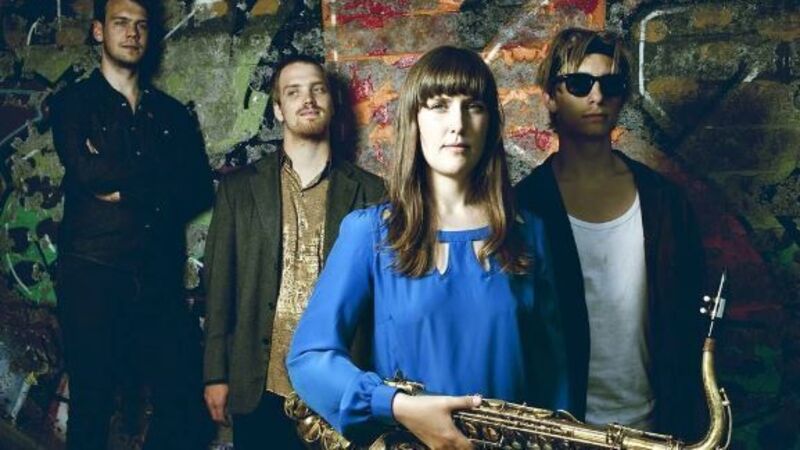The future of jazz

GERRY Godley began the 12 Points festival six years ago with the idea of exploring European jazz. But, the question arises, just what is European jazz? Does it conform to the cliché that arose some time ago — of a more lyrical, expansive sound that, unburdened by the weight of tradition, was freer to experiment? Or does close examination explode that myth?
“When I started the festival,” says Godley, a saxophonist who also presents shows on RTÉ lyric fm, “I was absolutely sure I had the answer in my head. And it was exactly that there was this Nordic ‘spacey’ sound. It was a rude awakening, to find out, through this process, that there was all this other music going on in different places in Europe.”











